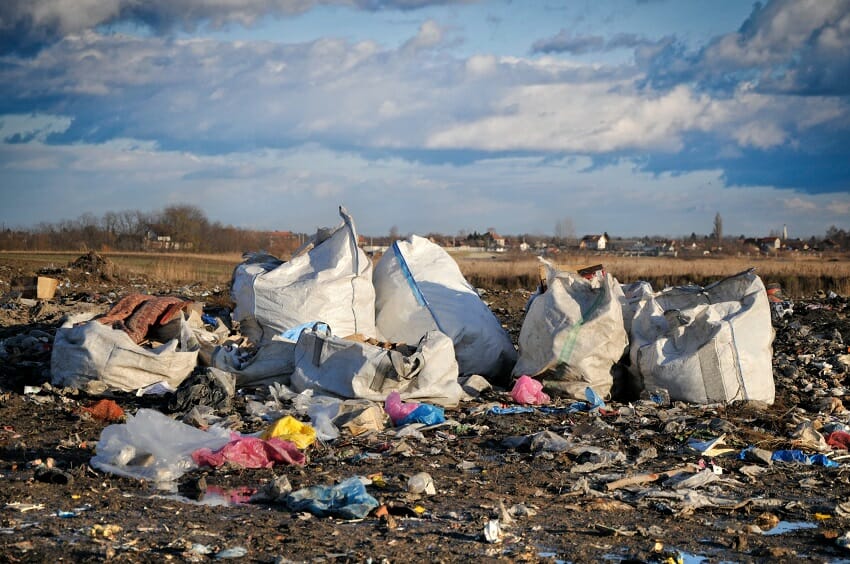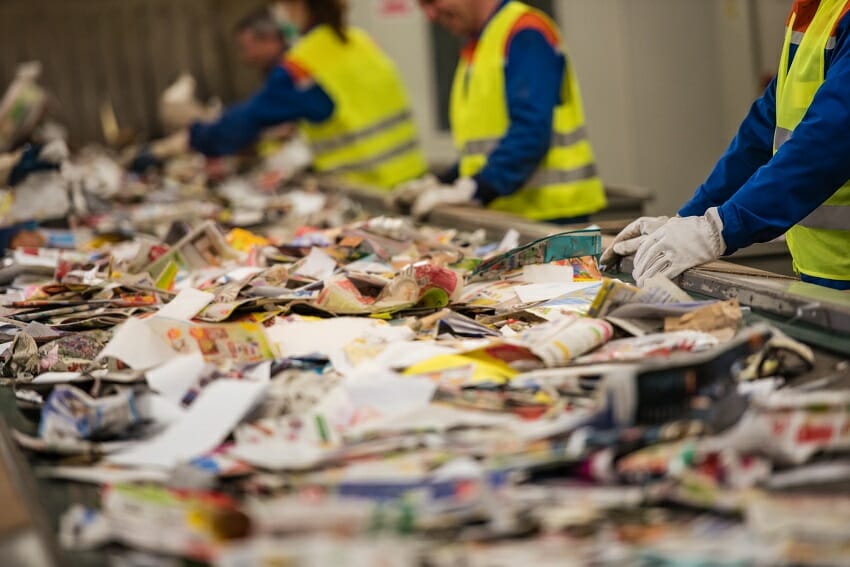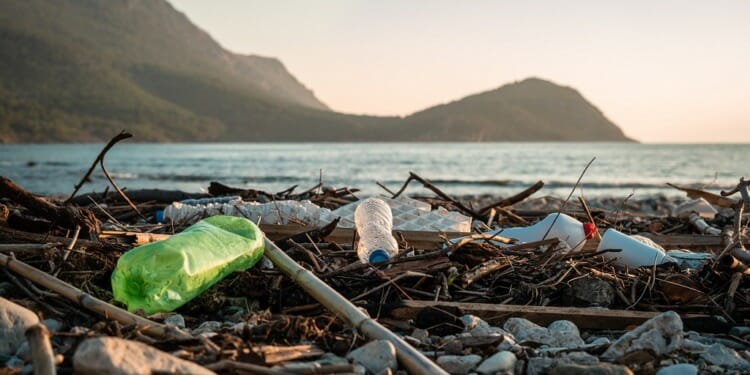The negative environmental impacts of plastics continue to be exposed. Due to skyrocketing plastic production, a recent report forecasts the plastic industry will exceed the greenhouse gas emissions from coal by 2030. Single-use plastics bear much of the blame, especially considering the staggering excess of waste entering our oceans.
In response to the plastic epidemic, governments are taking action through market-based climate solutions. These policies take the form of extended producer responsibility (EPR) and a plastic tax. Essentially, the goal is to incentivize plastic reduction, increased recyclability, and plastic alternatives.
The UK, Italy, and Spain are introducing plastic packaging taxes in early 2022, and US States Maine and Oregan will soon implement EPR schemes. It seems clear that these policies are the first of many.
Plastic taxes will disrupt supply chains and change the way society consumes. Undoubtedly, the shift will challenge many businesses, and there are various considerations to mitigate risk.

What To Expect From The Tax
The specifics of the legislation are similar across the board. Specifically, the UK Plastic tax applies to manufactured or imported plastic packaging with less than 30% recycled content. All companies in the UK will have to report on their footprint, and companies with over 10 tonnes of plastic packaging will have to pay a tax of £200.00 per tonne.
Essentially, all companies who implement plastic packaging will be affected at some level, whether it is administrative reporting costs or through the plastic tax itself.
The idea behind the tax is to make the production of single-use plastics more expensive, leaving room for packaging alternatives and recycled plastic content. As a result, a rush to identify and implement recycled plastic and packaging alternatives is sweeping the UK, and material shortages are emerging.
RELATED ARTICLES: 4 Ways to Reduce Plastic Pollution | The Sustainable Development Goals and Fighting the Plastic Soup | Will We Ever Solve the Plastics Problem? | Eco-Friendly Innovations and Trends: Not Always as Green as They Seem
Shifting Expectations And Regulatory Pressure
The tax will inherently incentivize products with sustainable offerings and open doors for more to come. Brands will have to decide if sustainable choices drive their customer segment and if so, they will need to rethink their packaging choices.
As most corporate taxes go, the brunt of the cost is usually felt by the consumer. However if the market already has price-competitive plastic packaging alternatives, companies will more than likely have to bear the brunt of the tax.
As product packaging shifts toward more sustainable options, sustainable consumer preferences will be the driving force of the market. Although the tax’s effect on consumers may be negligible, purchasing power remains in the consumer’s hands.
As a result, consumers will soon have a difficult decision to make. Will they stick with the products they know and love, or will they opt for more sustainable alternatives?
Companies worldwide will need to rethink their products and packaging based on the shifting market and the regulatory ecosystem. Getting ahead of impending legislation and shifting consumer preferences will help mitigate risk and open up opportunities to increase market share.

The Future Of Packaging
Companies facing impending plastic taxes will need to prepare for administrative reporting burdens and packaging refinement. Similarly, even companies that are not currently faced with regulatory pressure should consider how this shift may affect their industry.
Plastic packaging is poised for a remodel as reuse schemes, plastic alternatives, and recycled content are increasingly scaled. Companies will need to analyze their supply chain, survey their consumers, and decide which packaging solution will optimize the triple bottom line.
However, understanding the regulatory requirements and navigating packaging alternatives is no easy task. To help companies identify and implement packaging solutions and comply with reporting requirements, the field of plastic accounting and management has emerged.
As the environmental damage of plastic pollution enters the limelight and companies begin to accelerate sustainable packaging solutions, consumer expectations are evolving. Becoming an early mover toward sustainable solutions can capitalize on consumer preferences and mitigate regulatory risks.
In the cover picture: A beach full of plastic waste. Photo Credit: Noah Godfrey.
Editor’s Note: The opinions expressed here by Impakter.com columnists are their own, not those of Impakter.com











